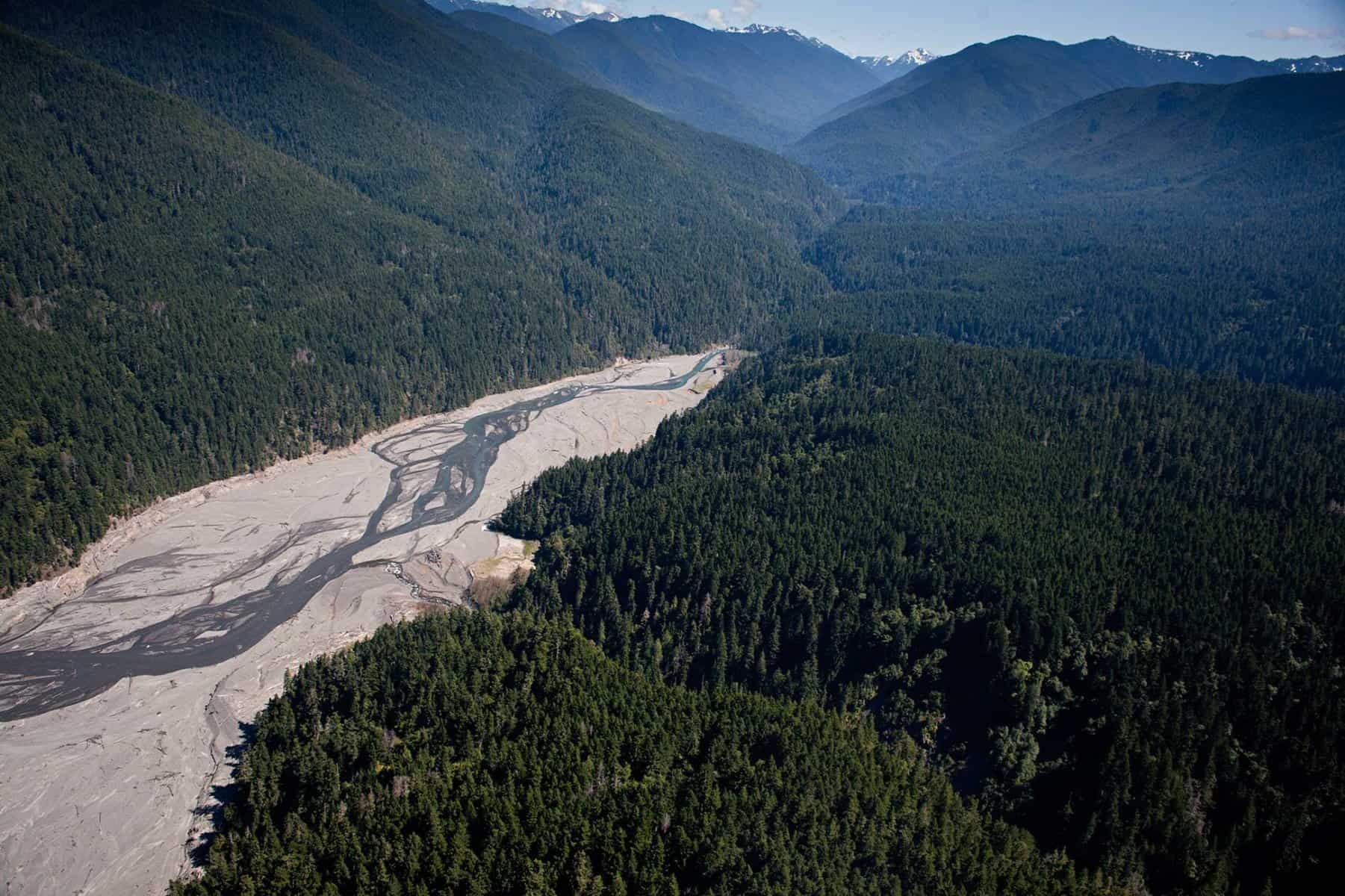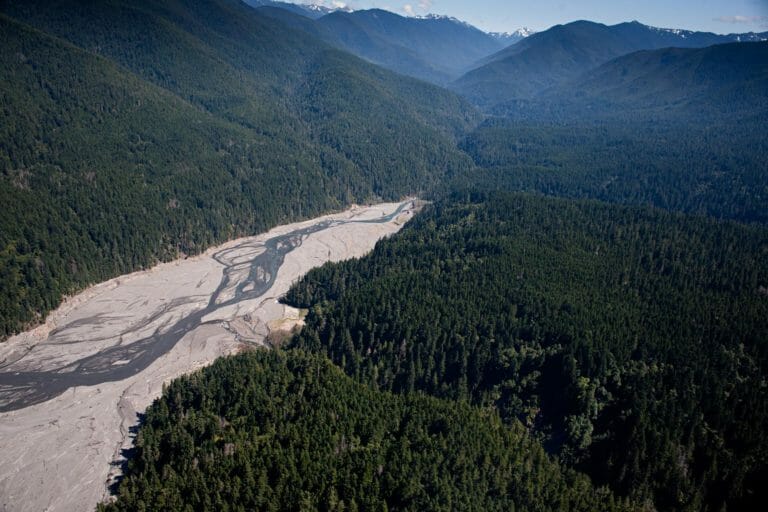In August 2014, workers completed the largest dam removal project in U.S. history, as the final part of the 210-foot-high (64-meter-high) Glines Canyon Dam was dismantled on the Elwha River in northwestern Washington State. The multistage project began in 2011 with the blessing of the U.S. National Park Service, which administers the surrounding Olympic National Park.
The goal was to remove unneeded, outdated dams and restore a natural river system, with presumed benefits for fish and other wildlife. Indeed, salmon have already returned to the Elwha after nearly a century of absence, and other fish and marine creatures are thriving.
But the restoration hasn’t just been about the river channel itself, says Anne Shaffer, a marine biologist with the nonprofit Coastal Watershed Institute in nearby Port Angeles, Washington, and a Ph.D. candidate at the University of Victoria in Canada.
Full article with spectacular time-lapse video of another Northwest dam coming down: River Revives After Largest Dam Removal in U.S. History
More about restoration work:
How planting trees and grasses can help stabilise farmland in a changing climate
Seabirds Return to Desecheo Island One Year After Restoration
Meet the visionary who restored 5,500 acres of wrecked Texas land to paradise
What’s at Stake — Why Coastal Louisiana Matters
Rewilding Santa Monica’s Thoroughly Artificial Beach
Oyster Reefs of the Past Hold Lessons for Future Coastal Restoration



